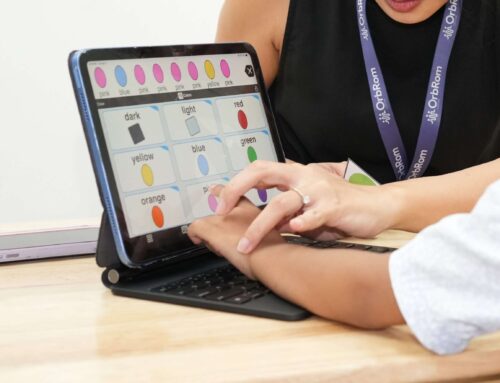Visual schedules for building independence at home give children a clear, step-by-step map of what to do next—reducing stress, boosting confidence, and cutting down on constant reminders. Families across Phnom Penh tell us the biggest win is predictability: when mornings, mealtimes, homework, and bedtime are shown in simple pictures or icons, children follow through with fewer prompts and more pride.
Why visual schedules work
Visual information stays put. Unlike verbal instructions that disappear, a visual schedule can be checked again and again. This makes it ideal for children who process language slowly, get overwhelmed by multi-step directions, or prefer seeing over hearing. Research-backed tools like first–then boards, checklists, and daily timetables also support emotional regulation by making transitions visible and expected—perfect partners to routines and structure. See how visual supports boost engagement here: Using Visual Supports—Why They Work and The Role of Routine.
Set up in three simple steps
-
Choose the moments that matter. Start where frustration is highest—getting dressed, packing the school bag, or winding down for bed.
-
Break tasks into 3–6 clear steps. Use photos, symbols, or simple drawings. Pair each step with one action verb: open, brush, zip, place. For language practice, some families add simple sentence strips under each picture.
-
Teach, then fade prompts. Model the sequence, point to each step, and praise completion. Over days, reduce pointing and verbal cues so your child “reads” the schedule independently.
Pro tips from our therapists
-
Keep it visible and consistent. Place the morning schedule near the closet; the bedtime schedule by the sink. Consistency makes habits stick.
-
Make transitions predictable. When moving from play to homework, use a first–then strip (first clean up, then snack). Pair with calming routines like a short movement break; daily rhythm ideas here: Sensory Diet Schedules.
-
Plan for attention differences. If your child has trouble following directions, limit steps on a page and use a “done” box. More strategies: ADHD & Following Instructions.
-
Celebrate independence. Replace “good job” with specific feedback: “You checked the chart and zipped your backpack by yourself.”
When to get extra help
If schedules still lead to meltdowns, refusals, or big worries around transitions, structured support can help. OrbRom Center’s Occupational Therapy team coaches families to tailor visuals, embed sensory breaks, and build routines that fit your home. When questions about development or adaptive skills arise, our child Assessments service can clarify strengths, needs, and next steps. For more home strategies, explore: Daily Routines That Work and Why Visual Supports Help.
Bottom line: Visual schedules for building independence at home turn chaos into clarity. With a few well-placed pictures, consistent teaching, and gentle fading of prompts, children gain real ownership of daily life—and parents gain calmer, smoother routines.
We are the only Preschool specialized on children with special needs in PhnomPenh.
- Internationally qualified teachers
- Cambodia’s largest sensory room
- Outdoor swimming pool
- Covered outdoor playground
📞 Phone: 077.455.993
Telegram Link: https://t.me/OrbRom






Leave A Comment